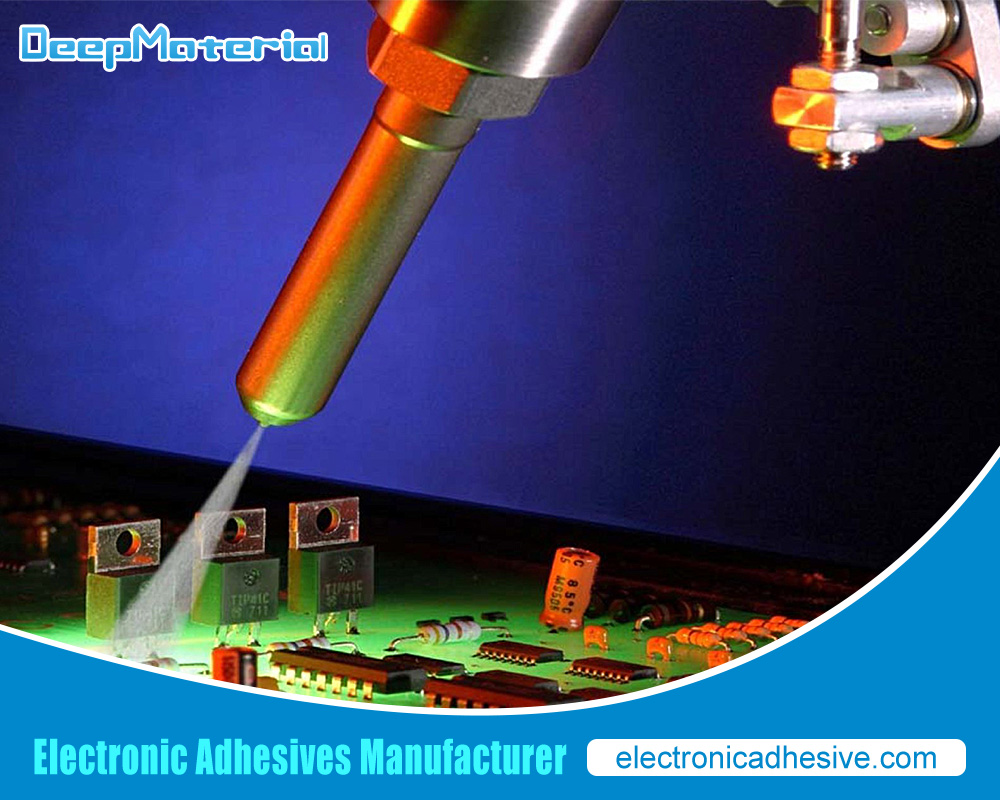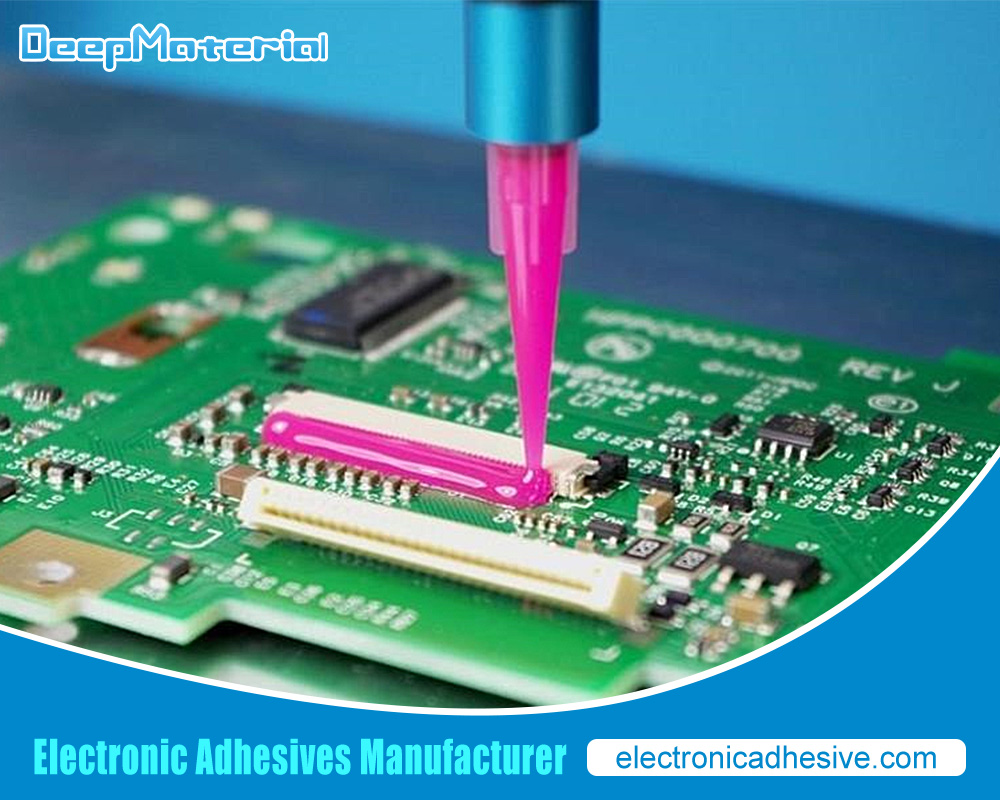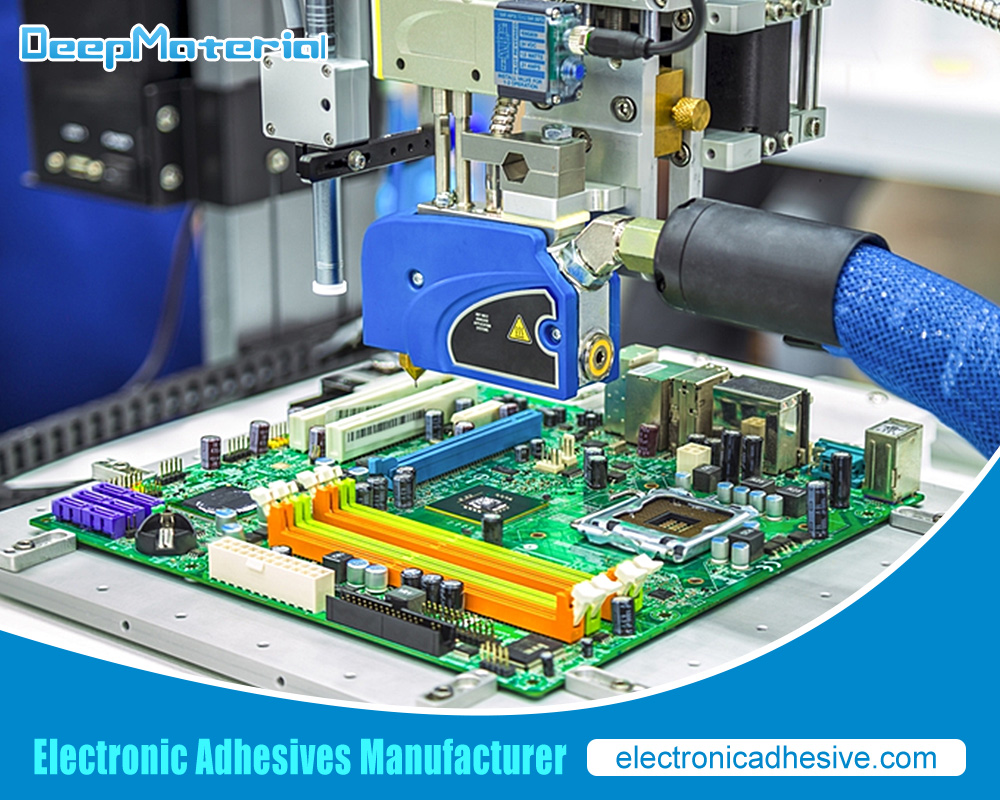EV Battery Pack Adhesive: A Critical Component for Electric Vehicle Performance
EV Battery Pack Adhesive: A Critical Component for Electric Vehicle Performance
Electric vehicle (EV) demand surges worldwide as consumers and governments prioritise sustainability and reduced carbon emissions. The battery pack is central to the performance and longevity of EVs, which powers the vehicle and determines its range, safety, and efficiency. However, assembling and securing battery components is a complex process, and adhesives play a vital role in ensuring EV battery packs’ structural integrity, thermal management, and overall reliability. This article delves into the importance of EV battery pack adhesives, their types, fundamental properties, and why they are indispensable in the evolving electric vehicle landscape.
The Role of Adhesives in EV Battery Packs
EV battery packs are intricate systems with multiple cells, electronic components, cooling systems, and enclosures. The process of assembling these components requires precision and materials that can withstand harsh conditions, such as temperature fluctuations, vibrations, and electrical currents. Adhesives serve several vital functions in this regard, including:
- Bonding and Sealing: Adhesives bond battery cells and modules together, ensuring that components stay securely in place throughout the vehicle’s lifespan. They also seal components to prevent contaminants such as moisture, dust, and chemicals from entering the battery pack, which could cause corrosion or electrical failure.
- Thermal Management: Maintaining an optimal temperature within the battery pack is essential for maximising battery life and performance. Adhesives with thermal conductivity properties facilitate heat dissipation, preventing overheating or thermal runaway, a dangerous condition where battery cells can ignite or explode due to excessive heat.
- Structural Integrity: EVs are subject to constant vibrations and impacts during operation, especially on rough roads. Adhesives provide mechanical strength and flexibility, helping absorb vibrations and shocks, thereby preventing mechanical damage to sensitive battery components.
- Electrical Insulation: An EV battery pack contains numerous electrical connections and circuits. Adhesives that provide electrical insulation are crucial for preventing short circuits and ensuring the battery pack operates safely and efficiently.
In short, the adhesive used in EV battery packs must bond materials together and play a crucial role in enhancing safety, performance, and longevity.

Types of Adhesives Used in EV Battery Packs
Different types of adhesives are used in various parts of an EV battery pack depending on the specific requirements of each component. Below are some common types of adhesives and their applications:
Epoxy Adhesives
Epoxy adhesives are widely used in EV battery packs due to their excellent bonding strength, durability, and resistance to environmental conditions such as moisture and temperature changes. These adhesives form rigid bonds, making them ideal for securing battery cells and modules within the battery pack. Epoxies also offer good thermal and electrical insulating properties, which are crucial for maintaining the battery’s performance and safety.
Applications:
- Bonding battery cells to the cooling plate or enclosure.
- Sealing battery modules to prevent contamination.
- Providing structural support in high-stress areas.
Polyurethane Adhesives
Polyurethane adhesives are highly flexible and absorb vibrations and impacts, making them suitable for use where battery components may be subjected to mechanical stress. They also have good adhesion to various substrates such as metals, plastics, and composites, commonly used in EV battery packs.
Polyurethanes provide adequate sealing and bonding solutions for battery modules and components while offering flexibility in absorbing the shocks and vibrations experienced during vehicle operation.
Applications:
- Bonding plastic and metal parts within the battery pack.
- Sealing joints between different materials to protect against environmental factors.
- Absorbing vibrations and mechanical stresses.
Silicone Adhesives
Silicone adhesives are known for their excellent thermal stability and flexibility, making them ideal for use in high-temperature areas of the battery pack. They can maintain their performance even under extreme conditions, such as temperature fluctuations and exposure to harsh chemicals. Silicone adhesives also offer good electrical insulation properties and are used to bond components that need to maintain flexibility during thermal cycling.
Applications:
- Bonding and sealing battery cells in high-temperature zones.
- Providing electrical insulation between different components.
- Sealing joints that require flexibility over a wide temperature range.
Acrylic Adhesives
Acrylic adhesives are fast-curing and provide strong bonds to a variety of surfaces. They are often used in applications where speed and efficiency are essential, such as high-volume battery assembly processes. Acrylics offer good resistance to moisture, UV light, and chemicals, which makes them suitable for sealing and protecting battery components from environmental degradation.
Applications:
- Quick bonding of battery cells and modules in automated assembly lines.
- Sealing joints to protect against moisture and chemical exposure.
- Bonding dissimilar materials like metal and plastic.
Thermally Conductive Adhesives
Thermal management is critical in EV battery packs to prevent overheating and ensure optimal performance. Thermally conductive adhesives, often made from epoxy, silicone, or polyurethane bases, are designed to conduct heat away from battery cells and distribute it across the battery pack. This helps maintain the battery at an optimal temperature, thereby prolonging its lifespan and preventing thermal events.
Applications:
- Bonding battery cells to heat sinks or cooling plates.
- Filling gaps between cells to facilitate heat dissipation.
- Providing thermal management in areas prone to high temperatures.
Critical Properties of EV Battery Pack Adhesives
The performance and safety of an EV battery pack largely depend on the properties of the adhesives used during assembly. Some of the fundamental properties that make adhesives suitable for use in EV battery packs include:
- Thermal Conductivity: Adhesives with high thermal conductivity help dissipate heat generated by battery cells, prevent overheating, and enhance the cooling system’s efficiency.
- Electrical Insulation: Adhesives used in battery packs must provide reliable electrical insulation to prevent short circuits and protect sensitive electronic components from electrical interference.
- Flexibility and Durability: Adhesives should be flexible enough to absorb vibrations and shocks without losing their bonding strength. This is especially important in maintaining the structural integrity of the battery pack over time.
- Chemical Resistance: Battery packs are exposed to various chemicals, including electrolytes and coolants. Adhesives need to resist these substances to prevent degradation and maintain the integrity of the bonds.
- Moisture and Environmental Resistance: Exposure to moisture, dust, and other environmental contaminants can damage battery components. Adhesives must be able to seal and protect these components from the environment.
- Thermal Stability: Adhesives should maintain their performance over a wide temperature range, ensuring the bonds remain strong and intact even in extreme conditions.
Challenges in Selecting the Right Adhesive
While adhesives play a vital role in EV battery packs, selecting the suitable adhesive for a specific application can be challenging due to the diverse requirements of the battery components. Engineers must consider several factors when choosing adhesives, including:
- Compatibility with Materials: Battery packs are made from various materials, including metals, plastics, and composites. The adhesive chosen must bond effectively to these materials without causing degradation or compatibility issues.
- Thermal Cycling: Battery packs undergo thermal cycling as they heat up and cool during charging and discharging. Adhesives must withstand these temperature fluctuations without losing their bonding strength or flexibility.
- Manufacturing Processes: High-volume EV production requires adhesives that can cure quickly and efficiently to maintain assembly line speeds. This means selecting adhesives that offer fast curing times without sacrificing performance.
- Safety Considerations: The safety of the battery pack is paramount. Adhesives must provide structural integrity and contribute to fire safety by offering flame-retardant properties and preventing thermal runaway.

Conclusion
Adhesives are indispensable in designing and manufacturing EV battery packs, providing critical functions such as bonding, sealing, thermal management, and electrical insulation. With the rapid growth of the electric vehicle market, advancements in adhesive technology are essential to meet the evolving demands for higher performance, safety, and durability. As EV manufacturers continue to innovate, selecting suitable adhesives for each application will ensure the long-term success of electric vehicles and the battery systems that power them.
For more about choosing the Top EV Battery Pack Adhesive: A Critical Component for Electric Vehicle Performance, you can pay a visit to DeepMaterial at https://www.electronicadhesive.com/ for more info.










